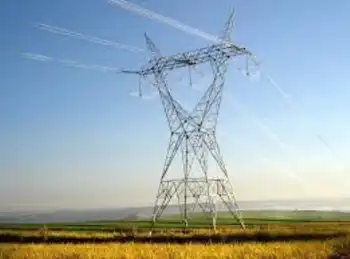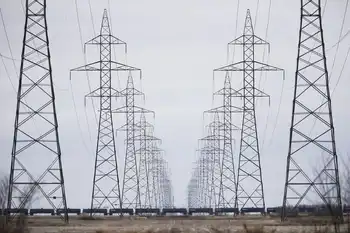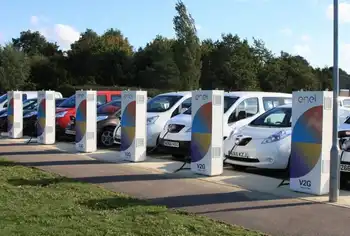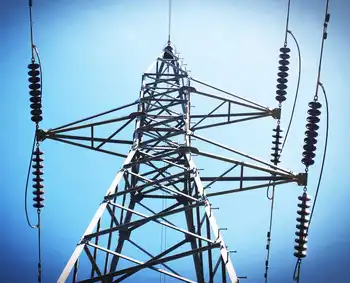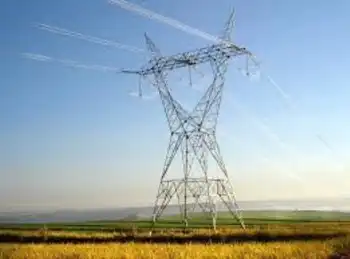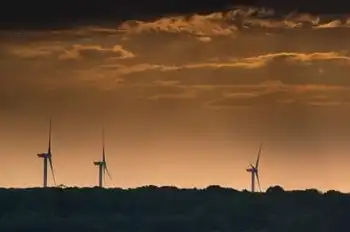GE Energy to supply gas turbine to German power station
By Industrial Info Resources
CSA Z463 Electrical Maintenance -
Our customized live online or in‑person group training can be delivered to your staff at your location.

- Live Online
- 6 hours Instructor-led
- Group Training Available
GE Energy will supply one of its Frame MS6001FA (6FA) gas turbine generators and associated equipment to the German municipal power utility Stadtwerke Hannover AG (Hanover) for its planned expansion project. Stadtwerke Hannover operates under the brand name Enercity and provides electricity, gas, water and heating services to both private and commercial customers in Hanover and throughout Germany.
Under the terms of the agreement, GE Energy will supply Enercity with a 77-megawatt (MW) Frame 6FA gas turbine. GE Energy will also provide installation services and subsequent maintenance services for the next 20 years. Upon completion in 2010, the installation will more than double the capacity of the plant and provide electricity and heat to approximately 150,000 households.
The Frame 6FA is a mid-range member of the GE F-technology family of gas turbines, which includes the 7FA and 9FA models. The 6FA can generate output of 50 or 60 hertz and is capable of utilizing a wide variety of fuels, including natural gas and gasified coal. The turbine is suited for a wide range of applications, from combined cycle and integrated gasification combined cycle power generation to cogeneration and heating.
An important benefit of the new turbine technology is the associated reduction in emissions of carbon dioxide. In July 2008, the German government passed the first of two new laws aimed at reducing carbon dioxide emissions by 40% from 1990 levels by the year 2020. Germany plans to achieve this target through the use of renewable sources of energy and by modifying the energy generation methodology to take advantage of combined heat and power, also known as cogeneration, projects. The GE Frame 6FA technology offers high exhaust energy and operating efficiency and is expected to reduce carbon-dioxide emissions from the Hanover installation by up to 200,000 tons per year.
The contract is the first between GE Energy and Enercity, but by no means the first use of the Frame 6FA turbine in Europe. The 6FA turbine has already logged more than 2 million hours of service in more than 30 countries worldwide. In April 2008, GE Energy shipped the 100th turbine package to a combined heat and power plant in Kurgan, Russia, since the introduction of the model in 2002. Nearly half of the 100 units have been committed or installed in power plants in Europe.
The first Frame 6FA turbine in Germany was shipped in November 2003 to expand a combined heat and power plant in Duisburg-Wanheim, with a second turbine shipped to the facility in December the same year. The two turbines supply more than 150 MW of the total power generation capacity of 240 MW at the plant. Another GE Frame 6FA 72-MW gas turbine is installed at the power station operated by RheinEnergie AG to provide heat and electricity to customers in the Cologne district.





